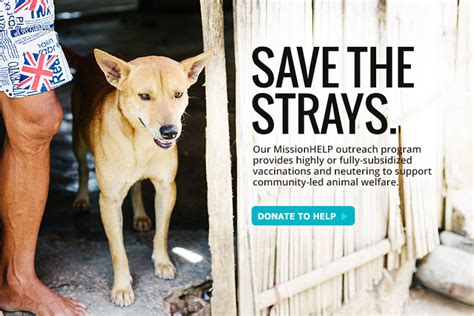Introduction
Pet education and awareness campaigns are essential for promoting responsible pet ownership and ensuring the well-being of companion animals. These campaigns aim to educate the public about various aspects of pet care, including responsible breeding, proper nutrition, preventive healthcare, and behavioral training.

Importance of Pet Education and Awareness
-
Ensuring Animal Welfare: Responsible pet ownership practices prevent neglect, abuse, and abandonment, contributing to the overall well-being of companion animals.
-
Preventing Disease Spread: Educating pet owners about vaccinations, parasite control, and disease prevention helps reduce the risk of zoonotic diseases and protect public health.
-
Promoting Healthy Relationships: Building strong bonds between pets and their owners requires proper care and understanding, fostering mutual respect and affection.
-
Reducing Costs: Educating pet owners on preventive care measures helps prevent costly illnesses and emergencies, reducing veterinary expenses and saving lives.
Comparisons: Traditional vs. Digital Campaigns
| Aspect | Traditional Campaigns | Digital Campaigns |
|---|---|---|
| Reach: Limited to local communities | Wider reach through online platforms | |
| Customization: Difficult to tailor to specific audiences | Highly customizable based on demographics and interests | |
| Timeliness: Less timely as messaging may take time to reach target audience | Real-time updates and immediate dissemination of information | |
| Engagement: Limited opportunities for interactive engagement | High levels of engagement through social media and online forums | |
| Cost: Higher production and distribution costs | Lower costs associated with online campaigns |
Best Practices for Effective Campaigns
-
Target Audience: Identify and focus on specific pet owner groups (e.g., first-time owners, senior pet owners) to tailor messaging and outreach strategies.
-
Use Clear and Accessible Language: Use simple, straightforward language that is easy for all audiences to understand, avoiding jargon or technical terms.
-
Emphasize Positive Reinforcement: Encourage responsible pet ownership practices through positive reinforcement and recognition, rather than relying solely on fear-based tactics.
-
Collaborate with Experts: Partner with veterinarians, animal welfare organizations, and pet industry professionals to ensure accurate and up-to-date information is disseminated.
-
Evaluate and Adapt: Regularly monitor campaign progress and gather feedback to adapt strategies and ensure effectiveness over time.
Case Study: National Pet Preparedness Month
The American Kennel Club’s National Pet Preparedness Month (NPM) is an annual campaign that aims to educate pet owners about disaster preparedness.
-
Mission: To ensure pets are included in emergency planning and evacuation protocols.
-
Key Activities: Provides resources, tips, and workshops on pet first aid, emergency kit assembly, and pet-friendly evacuation routes.
-
Impact: Over 5 million pet owners have been reached through NPM, positively impacting the well-being of countless companion animals during emergencies.
Emerging Trends and Future Directions
-
Personalized Pet Care: Advances in technology allow for customized pet care recommendations based on genetics, breed, and lifestyle.
-
Virtual Veterinary Care: Telemedicine platforms provide convenient and accessible veterinary consultations, reducing barriers to healthcare.
-
AI-Driven Pet Monitoring: IoT devices and AI algorithms monitor pet activity, behavior, and vital signs, providing early detection of health issues.
-
Community-Oriented Initiatives: Pet education and awareness campaigns are increasingly embracing community-based approaches, fostering collaboration and shared responsibility for animal welfare.
Tips and Tricks for Success
-
Create shareable content: Develop engaging and visually appealing materials that pet owners want to share with others.
-
Utilize social media: Leverage social media platforms to reach a wider audience and encourage community engagement.
-
Offer incentives: Provide rewards or incentives for participation to increase campaign participation and impact.
-
Stay up-to-date: Continuously research and monitor industry advancements to ensure campaigns are aligned with the latest best practices.
-
Collaborate with pet professionals: Partner with veterinarians, pet trainers, and groomers to amplify messaging and build credibility.
Conclusion
Pet education and awareness campaigns play a crucial role in shaping responsible pet ownership behaviors, ensuring animal welfare, and fostering healthy relationships between pets and their families. By embracing innovative approaches and focusing on community engagement, these campaigns will continue to make a lasting impact on the lives of companion animals and their human companions for years to come.





















